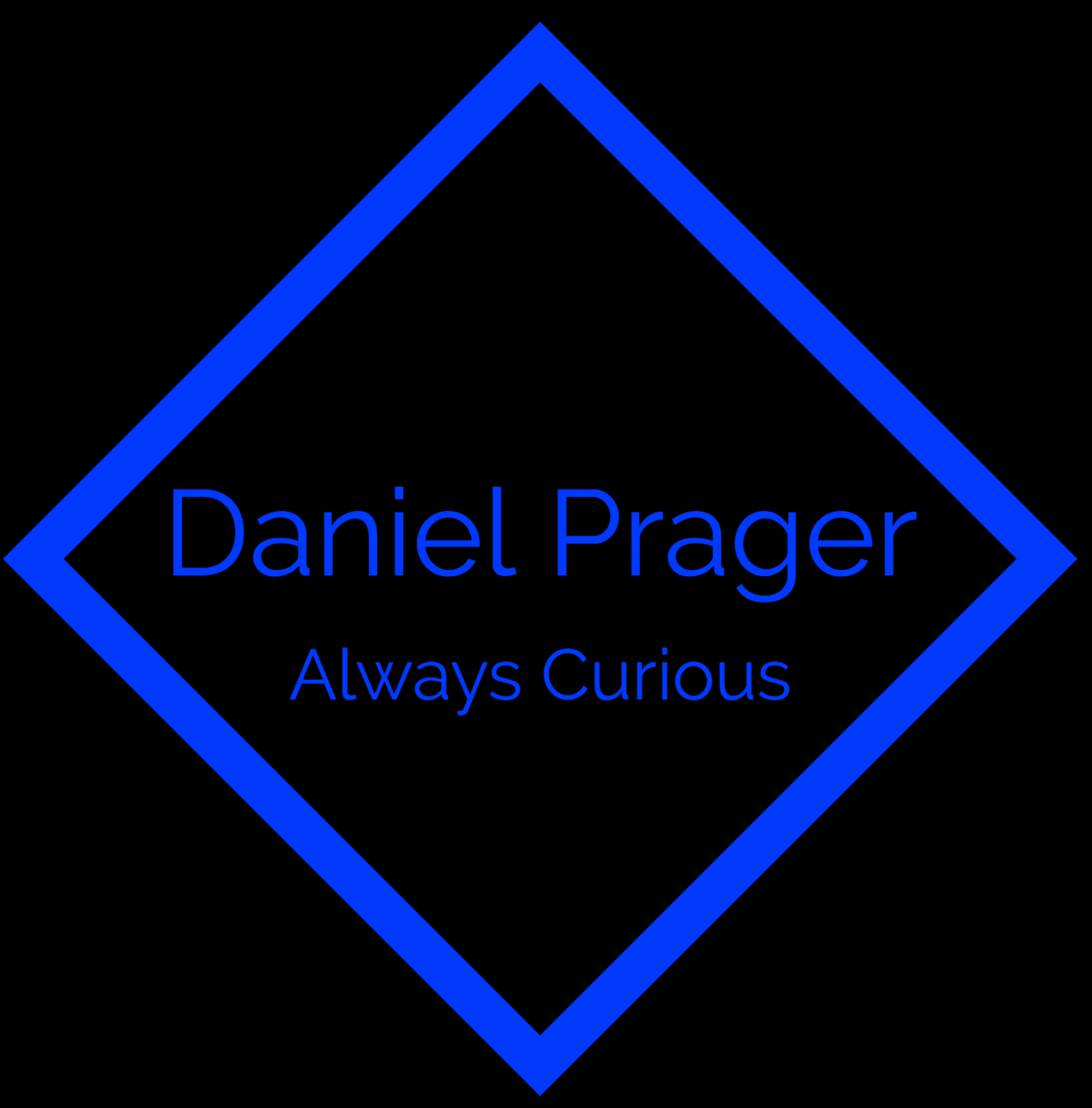Inductive and Deductive Approaches to Customer Relationship Mapping
As more marketing shifts from valuing broad reach and awareness to valuing engagement, understanding the consumer brand "relationship" analogy becomes increasingly important.
When you think about it, relationship is an incredibly broad term that is applicable to just about an interaction we have as humans with anything in our lives.
Many times, when marketers talk about brand "Relationships" they are drooling at the notion of consumer access. In today's splintered media landscape where consumers have unparalleled agency, our very access to consumers relies heavily on a quest for opt in. At times, we are nearly begging for consumers to opt into our messaging or "content".
Like us on Facebook. Sing up for our emails. Download our app. Read our list of things we think are funny because that's what you're looking at on the internet anyway.
As marketers, how do we generally derive "insights" that find relationship opportunities for brands?
We deductively look at potential avenues for relationships. We look for gaps in communication, in experience, and in product delivery --
Similar to the "Business Model Canvas" (Explained Below), "Consumer Journey Mapping", allows for a similar "gap" or process analysis.
Customer Journey Mapping takes a similar holistic approach to deductively uncover opportunities for relationship building or improvement.
There is no question that deductive gap analyses based on customer journeys or life-cycles is a remarkably powerful overview that can lead to improved decision making. This lifecycle mapping becomes even more powerful when communication architecture is layered on top of it.
Recently, in response to an "multi-channel" world, we would tailor messaging, creative or channel to match with these lifecycle maps. But what happens when consumers are making decisions in their journey based on consumer to consumer communication? When consumers are making decisions based on actual product interactions rather than messaging?
We need to architect experiences and content that resonate with individuals (I've taken the graphic below from Bud Caddell's impressive slideshare here)
If we are looking to create long term brand experiences, built on top of real enduring value understanding the consumer brand relationship becomes paramount . How does our product, service, or even messaging fit within the context of a consumers life? What can we learn about the brand relationships in this consumers life to give our message or creative the best chance of being spread? What affinities does he / she share with their network?
Instead of solely looking for broad gaps, where we can throw in micro-optimized communication we need to create communication experiences that cohesively have a point of view, and both deliver on a brand promise and purpose outside of solely generating profit.
Inductive reasoning becomes increasingly important --
This fantastic paper, by Susan Fournier:
"Consumers and Their Brands: Developing Relationship Theory in Consumer Research" overviews a process for coding and understanding relationships between consumers and brands in human terms.
For example: The relationship between a runner and her shoes is similar in many ways to the relationship between best friends. The relationship between best friends, when modeled, could also look something like "stable maturity". You can see the overlap between stable maturity and the elusive lifetime value.
By framing and attempting to model both the closeness, and length of relationships between individual consumers and brands we can inductively uncover insights to improve product, purpose, and mission helping to align with groups of individuals who have shared affinities, inciting and inviting a co-created resonant brand interaction.


